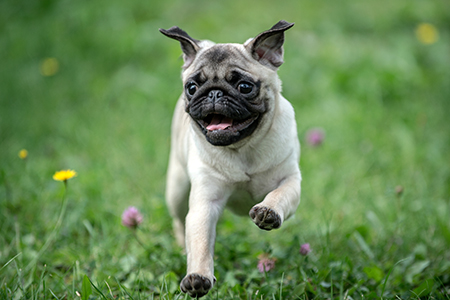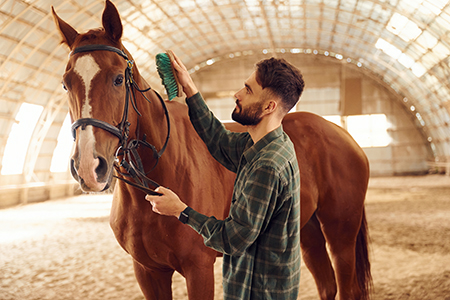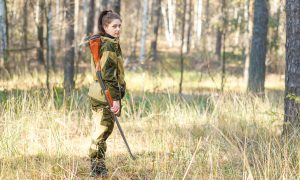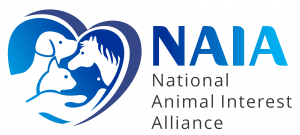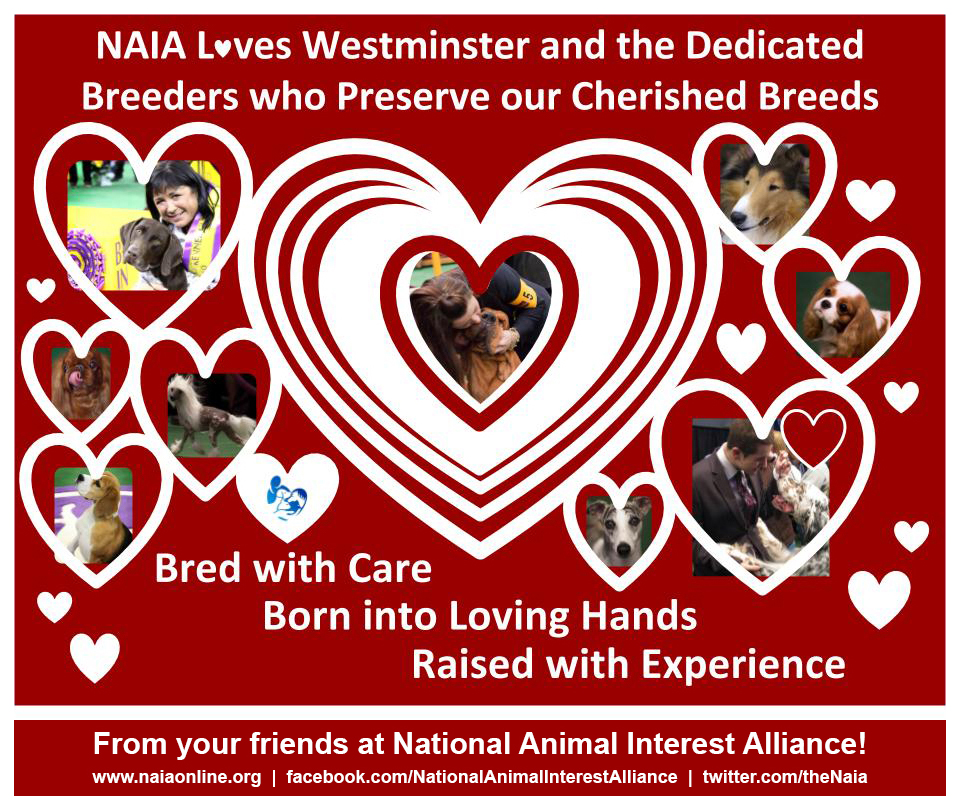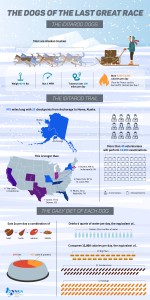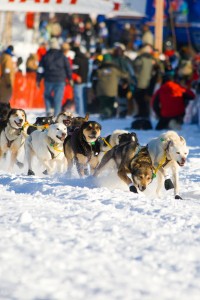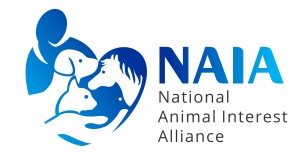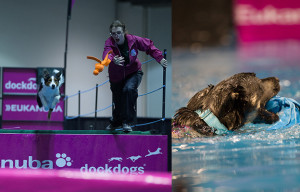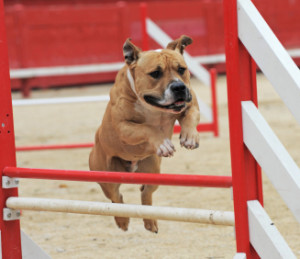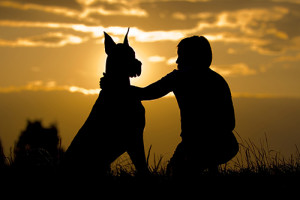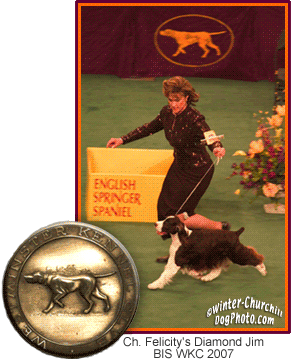 Animal Husbandry, Animal Science, Animal Sports & Hobbies, Animal Welfare, Pet Care
Animal Husbandry, Animal Science, Animal Sports & Hobbies, Animal Welfare, Pet Care  No Comments
No Comments New Respiratory Tests Bring Opportunities for Brachy-Breeders
An exciting new program was unveiled two weeks ago at the Rose City Classic dog show in Portland, Oregon: the testing and grading of respiratory function in brachycephalic dogs. This was launched by the Orthopedic Foundation for Animals (OFA), in conjunction with the Bulldog, French Bull Dog, and Pug Dog Clubs of America, as well as the AKC itself.
If you are subscribed to this blog, you probably already know what a brachycephalic breed of dog is and the health concerns and controversies that swirl around them. What you may not know – what too many people, frankly, don’t know – is that reputable breeders and their breed clubs have been hard at work to address and breed away from health issues associated with shortened snouts when present, and to, ahem, clear the air regarding some of the exaggerations surrounding brachycephalic breeds. This test, the Respiratory Function Grading Scheme (RFGS), provides the public and prospective dog owners with objective proof of that work, and ideally, opens the door for constructive conversations on health testing and issues with purpose-bred animals.
For dogs and their breeders, the RFGS objectively measures and grades brachycephalic obstructive airway syndrome (BOAS) using a dog’s rest state and its breathing after exercise. This gives breeders valuable information on their dog’s overall health, provides guidelines for which dogs they should breed, and as a bonus, serves as a reference that sets themselves and their breeding programs apart. While it is true many top breeders were already focused on this issue, this tool offers them the opportunity, through a veterinary assessment, to certify that their dogs have normal respiratory function.
Over time, this can’t help but contribute to the advancement of good health in well-bred brachycephalic dogs both in reality as well as in public consciousness, which would be fantastic. To quote Eddie Dziuk, OFA’s chief operating officer, “There’s no reason a Pug shouldn’t be able to run around and breathe easily.” A majority already can, and with programs like this and smart choices by breeders, even more will be!
Resources
★ Respiratory Function Grading Scheme
★ PHOTOS: See the fabulous floofs of the Rose City Classic Dog Show
